TruthVid's 100 Proofs that the Israelites were White, Part 56: 70, The Identity of the Two Witnesses
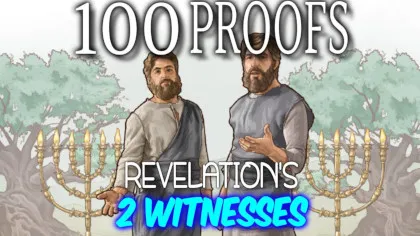
TruthVid's 100 Proofs that the Israelites were White, Part 56
In our last presentation we had illustrated the fulfillment of the prophecy of the angel with the little book which is found in Revelation chapter 10. The book was open, and in the sequence of the great events of history of which the Revelation had prophesied from the fall of Rome, the open book certainly seems to represent the printing of Bibles which was facilitated by the Protestant Reformation. At no other time in history was it recorded that the Word of God was purposely withheld from the common man, but that was what the Medieval Roman Church had attempted, so that the Scriptures could only be interpreted by the priests themselves, and the common man would have forever been at the mercy of those priests.
While we cannot present a full commentary on the Revelation here, the sequence of historical events from the fall of Rome through the Reformation is very well described in Revelation chapters 8 through 11, as we shall continue to discuss here. However to see the truth of that assertion, one must start at the beginning while also having a fair understanding of history. As we have already asserted here, no other people have fulfilled these prophecies but White Europeans, among whom they were fulfilled with remarkable precision. Once that is recognized, the fact that White Europeans are the Old Testament Israelites, while Jews, Arabs and Turks are all devils, is clearly and fully elucidated.


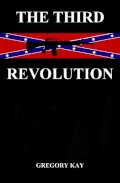

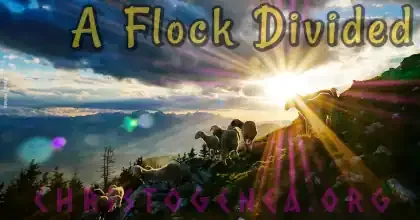
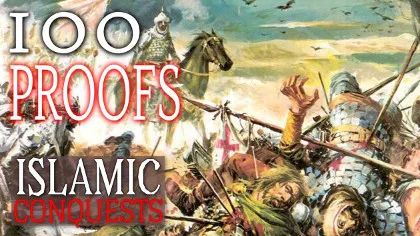
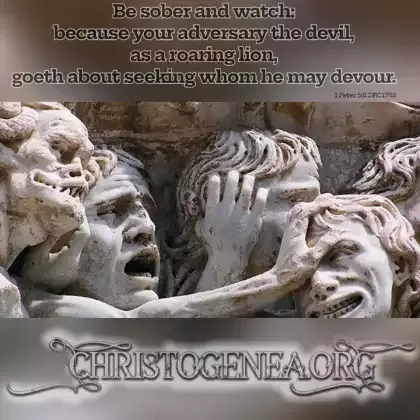


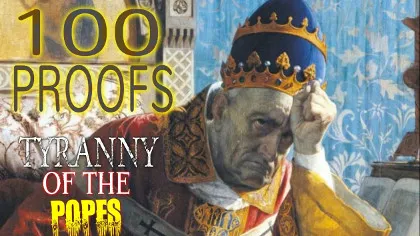





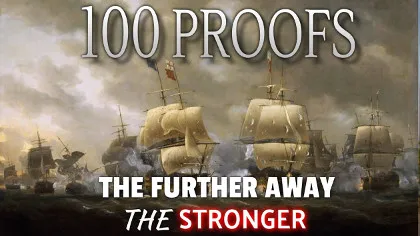

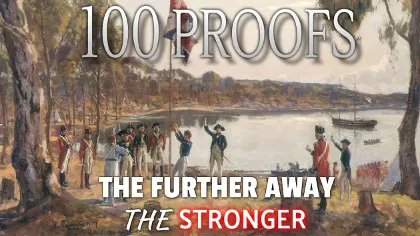

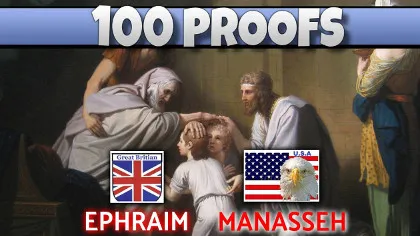





 Please click here for our mailing list sign-up page.
Please click here for our mailing list sign-up page.







